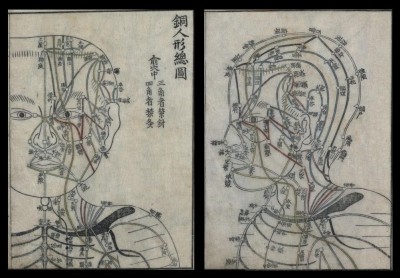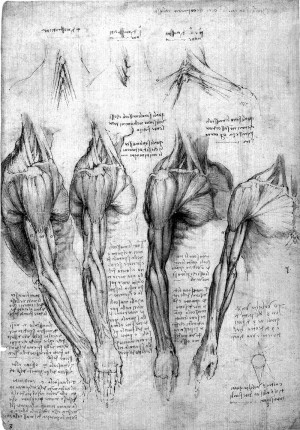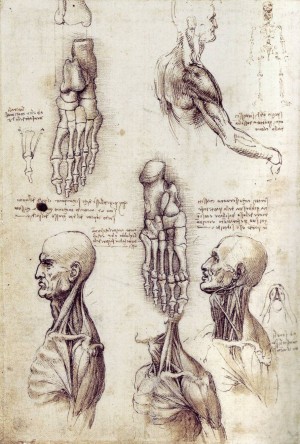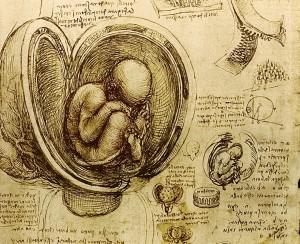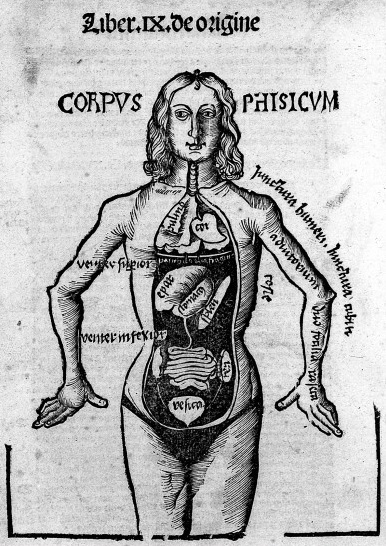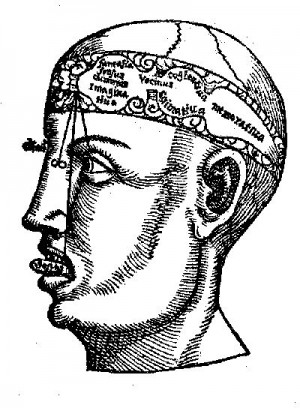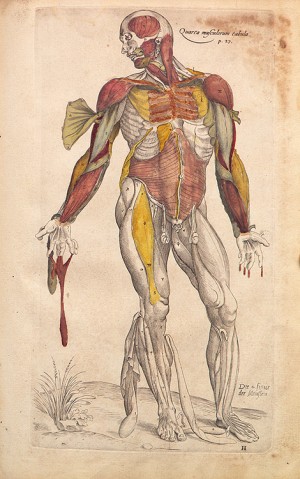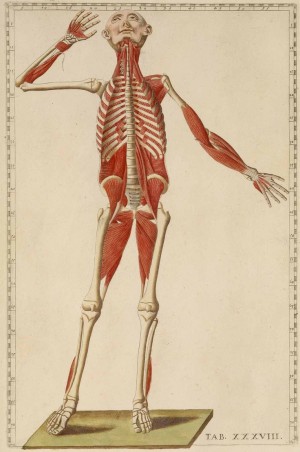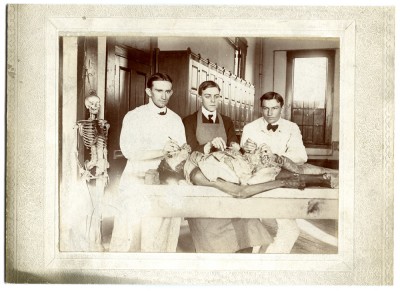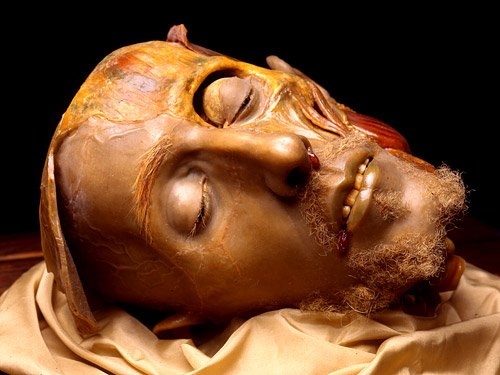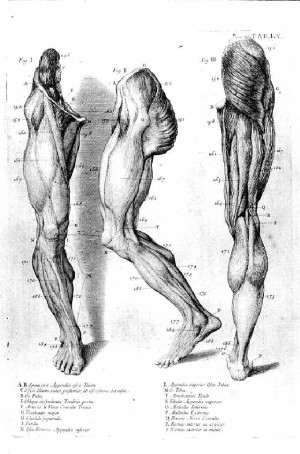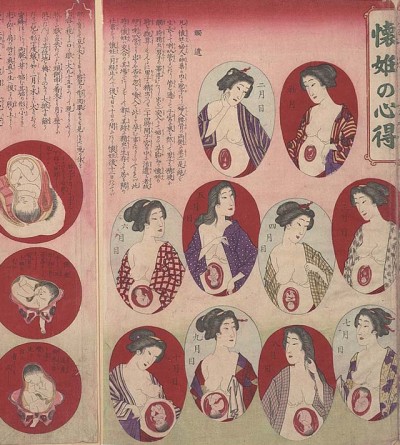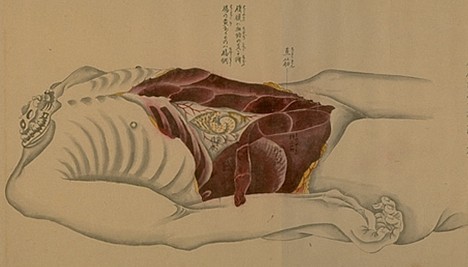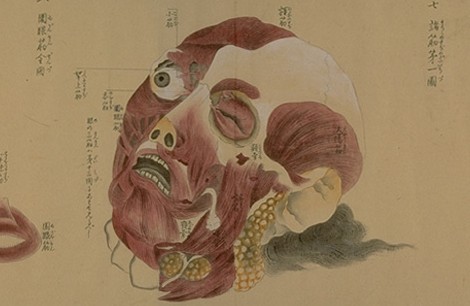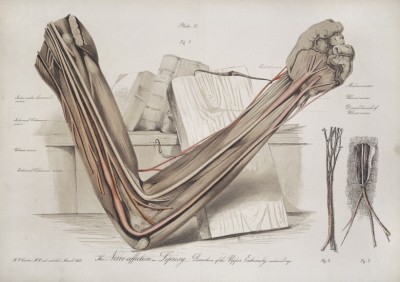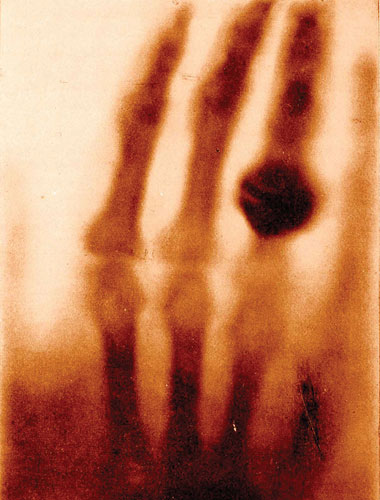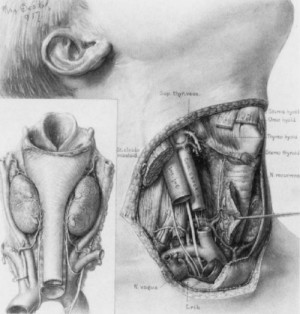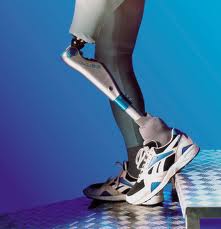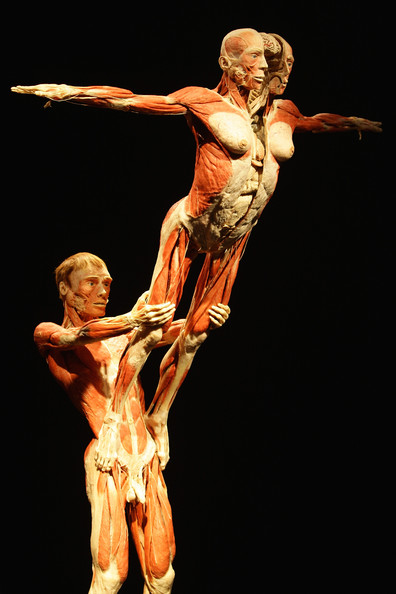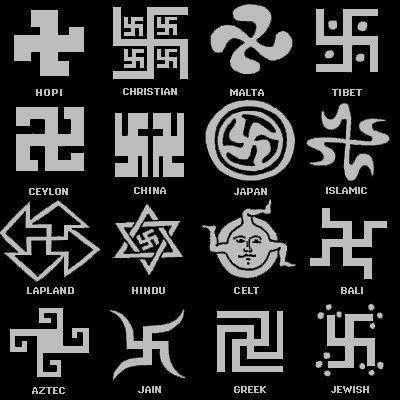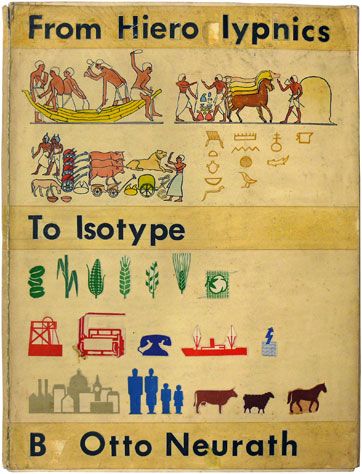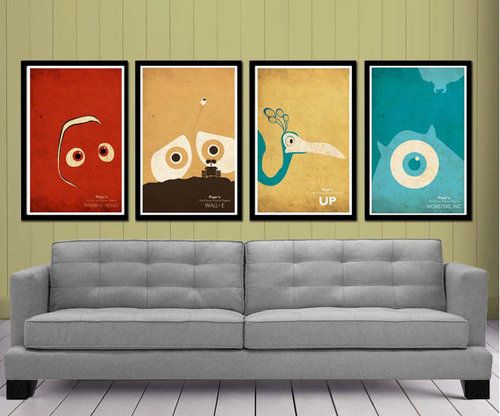Before I start on how animation studios Warne Bros. and Disney developed individually and together, greatly influencing each other, I need to briefly mention the complete beginnings of Animation. First someone had to realise that succession of photos will create a motion, and it happened in 1824-Peter Roget ‘Persistence of Vision’ theory.In 1831 phenakitstoscope was constructed.
In 1872 Edward Muybridge to prove that the horse while galloping at some point doesn’t touch the ground started experimenting with photographing animal and later people in motion. in 1899 Thomas Edison created kinetoscope which projected a 50ft length of film in approximately 13 seconds.in 1895 Louis and Augustine Lumiere issued a patent for a device called a cinematograph capable of projecting moving pictures.Following these inventions first experimental animations were made:
Stuart Blackton(1906)
Emile Cohl (1910)
Winsor McCay(1911)
It’s no secret that Warner Bros was at first heavily influenced by Disney Studio. Warner Bros wanted to create a competition for Disney, but along the way the studio created it’s own style that was a great addition in a marketplace. Looney Tunes and Merry Melodies with it’s new wacky,zany style at some point won over the worldwide audience. But what exactly was the different between studios cartoons? I took a better look at some early short cartoons on You Tube. First thing that comes to mind when you watch Warner Bros. cartoons is how the humor is delivered- very fast-paced. It gets pretty violent as well, but of course in a humorist manner. The cartoons are constantly running on gags. Then I took a look at early Disney cartoons. Their humor was much more slow-paced. And Mickey Mouse wasn’t in life threatening trouble all the time. He didn’t have to worry about being hit,smacked, shot,kicked,blown up which usually is a main theme in Warner cartoons.Plus Disney cartoons usually have a pretty decent plot ,whereas Loony Tunes do as well but it seems to be of a less importance than actual gags.
What’s also different is the approach of the environment in both studios. Background in Loony Tunes is flat and adds no depth to the cartoon. It has no other role than just a simplified creation of a place that gags are taking place. Where surroundings in Disney got a bigger role in creating the mood, and navigating the spectator what could happen, what emotion should we feel at the right moment: fear, happiness? Disney was the only studio that used perspective and illusion of depth to such extend.
The characters’ social spheres are different as well. Loony Tunes world was proper amount of crazy, it was some highly unrealistic world. With Disney quite the opposite. Watching or reading stories of Mickey Mouse and Donald Duck even since childhood were giving me an impression of real world. Mostly i remember the impression of middle class suburbia from the 50’s.
When i think of my childhood i surprisingly remember enjoying Warner Bros. cartoons much more than Disney cartoons and following feature animations like Snow White, Pinocchio. Why, when i think of old-school Disney i associate it with an uneasy dark feeling? Maybe Warner Bros with its hyper- violence, should have left a stronger memory. But that was the problem for me with Disney when i was a child. Maybe it’s real and raw variety of good and bad emotions was too close to the real life.


